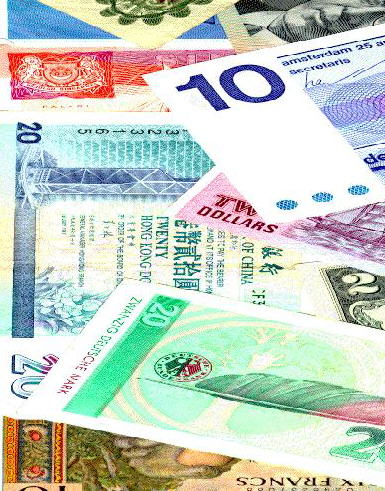
Investment expenditure is the act of acquiring income-producing assets, known as physical capital, either as additions to existing assets or to replace assets that have worn out (depreciated). These assets may be in the form of fixed nonresidential plant and equipment, housing (fixed residential) or business inventories. Decisions about the appropriate quantity of assets or capital are often based on profit-maximizing behavior of a private business firm producing goods and services or providing housing services.
As a smaller component (relative to consumption spending) of aggregate expenditure, Investment spending is the most volatile and a strong source for cyclical patterns in GDP.
The investment relationship may be written as follows:
Jt = K*t - Kt-1 + δKt-1
where
The difference in the first two terms (K*t - Kt-1) represents net or new investment and the last term (δ Kt-1) represents replacement investment. Gross investment is just the sum of the two expressions.
By multiplying both sides of the equation by Pk (the price of capital) and factoring out 'Kt-1', we can write an expression for Investment expenditure(It):
It = Pk[K*t - (1 - δ)Kt-1
where It = PkJt.